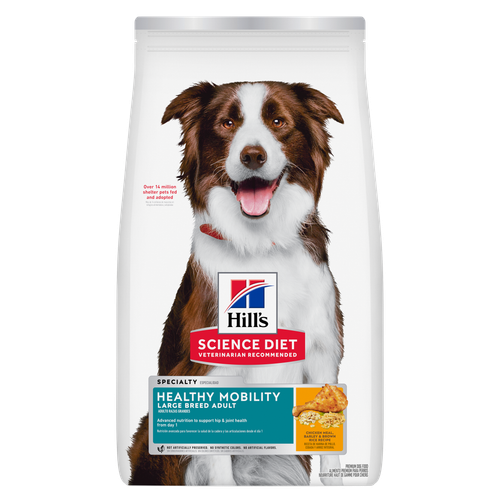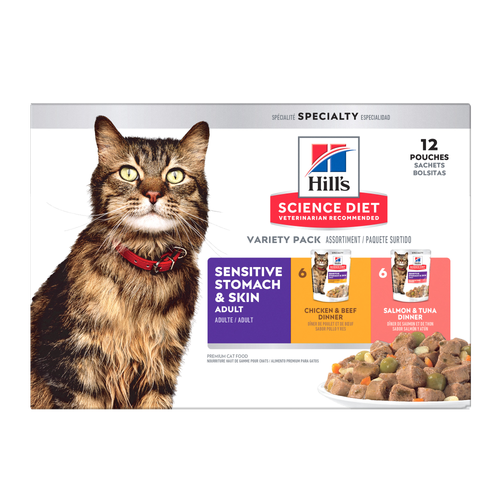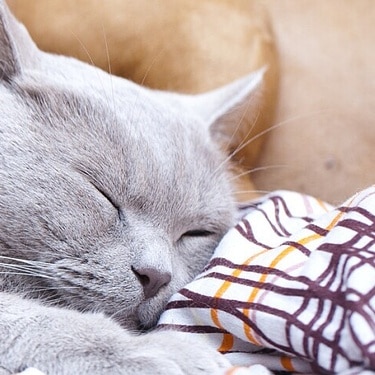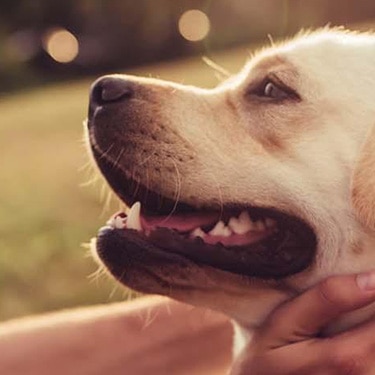The Yorkshire terrier's small size belies its true personality, which is energetic, feisty — and domineering. Yorkies are affectionate, but they also want lots of attention; the breed is a good choice for someone who wants to dote on a dog.
Yorkshire terriers make excellent watchdogs. But they can be snappy toward other children if not treated respectfully or gently. Some might also be aggressive toward other small animals, but some Yorkies live quite peacefully with other dogs and even cats.
Yorkshire terriers can be barkers, but it is possible to train them not to bark excessively. Some can also be stubborn about house training.
Because they are so small, Yorkshire terriers do not need a lot of room to exercise. They also can be paper trained; consequently, they make great apartment dogs, but they also enjoy walks outdoors.
Yorkshire terriers shed little, but their coat requires regular care to keep it in good shape and looking nice. If clipped, combing or brushing at least weekly is required. If the coat is kept long, many more hours of grooming are needed and some professional trimming from time to time, too.
The breed is sensitive to cold and prone to chills, so Yorkies need to be protected from bad weather. If walked outside when it is chilly, a dog coat is in order.
The Yorkshire terrier was developed in Yorkshire, England during the Victorian era. The breed is thought to descend from several other terriers including the Maltese, black & tan Manchester, and Dandie Dinmont terrier as well as some breeds that are now extinct such as the Clydesdale terrier.
Other historical information about the breed is uncertain or conflicting. Some believe the dogs were bred by working men in Northern England who could not easily keep large dogs, yet wanted a feisty companion. Other reports say the Yorkie was developed for catching rats that infested mine shafts and as a dog to enter badger and fox burrows. Yet another theory is that Scotsmen working in Yorkshire wool mills developed the breed.
The original Yorkshire terriers were larger than those of today. Through selective breeding, the dogs were miniaturized and became a dog that was fashionable to own. In the United States, the breed first appeared in shows during the late 1800s. Today, the Yorkie is primarily a pampered companion and lapdog.






















